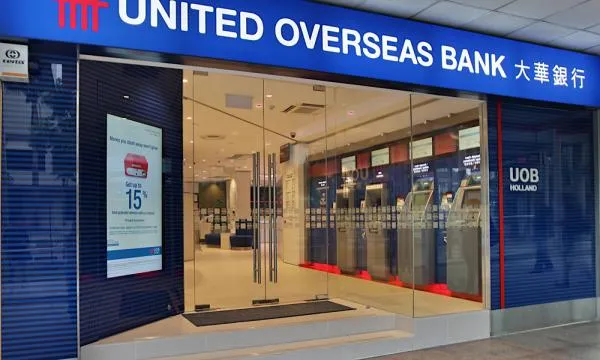
UOB's net profit down 19% to $855m in Q1
Total impairment charges skyrocketed 96% to $286m.
UOB has recorded a 19% drop YoY in net profit to $855m in Q1 as total impairment charges rose to $286m on top of a challenging macroeconomic environment. Operating profits dipped 1% YoY to $1.32b in Q1 from $1.33b during the same period last year.
On a quarterly basis, net profit fell 15% YoY from the $1b reported in Q4 2019.
Total impairment charges surged 96% QoQ from $146m in Q4 as the economic effects of the coronavirus pandemic rages on. To strengthen allowance coverage amidst the global pandemic and weak macro conditions, UOB has set aside an additional $546m in Q1 through impairment charge and Regulatory Loss Allowance Reserve (RLAR). As a result, non-performing assets (NPA) coverage rose to 88% or 206% after taking collaterals into account.
Total credit costs on loans increased to 36 bps while non-performing loans (NPL) ratio rose to 1.6% due to a few significant accounts, according to UOB.
Net interest income went down 3% QoQ to $1.59b from $1.6b in Q4, but remained flat on a yearly basis as asset growth was offset by margin compression.
Non-interest income inched up 2% QoQ to $813m due to an increase in loan-related and wealth management fees, but dipped 1% YoY from $819m in Q1 2019.
The group’s retail segment reported an operating profit of $556m, 9% YoY higher than the $509 in Q1 2019, attributed to strong contribution from wealth management, which mitigated the impact from declining interest rate. Income from high affluent customers rose 14% year-on-year, whilst assets under management expanded by 8% to $124b, of which 61% was from overseas customers across UOB’s wealth management centres in Southeast Asia.
UOB’s global markets segment’s operating profit rose 31% YoY to $110m in Q1 from $84m.
In contrast, the group wholesale banking segment’s operating profit registered a 5% YoY decline to $740m during the quarter from $780m last year, dragged by lower loan-related and investment banking fees, but partly offset by franchise loan growth.




![Lorem Ipsum [ABF 1]](https://cmg-qa.s3.ap-southeast-1.amazonaws.com/s3fs-public/styles/exclusive_featured_article/public/2025-03/a_hand_pointing_to_a_futuristic_technology_5b87c9d0e3_1.png.webp?itok=2w0y1WhS)


![Cross Domain [Manu + SBR + ABF + ABR + FMCG + HBR + ]](https://cmg-qa.s3.ap-southeast-1.amazonaws.com/s3fs-public/styles/exclusive_featured_article/public/2025-01/earth-3537401_1920_4.jpg.webp?itok=WaRpTJwE)







 Advertise
Advertise

